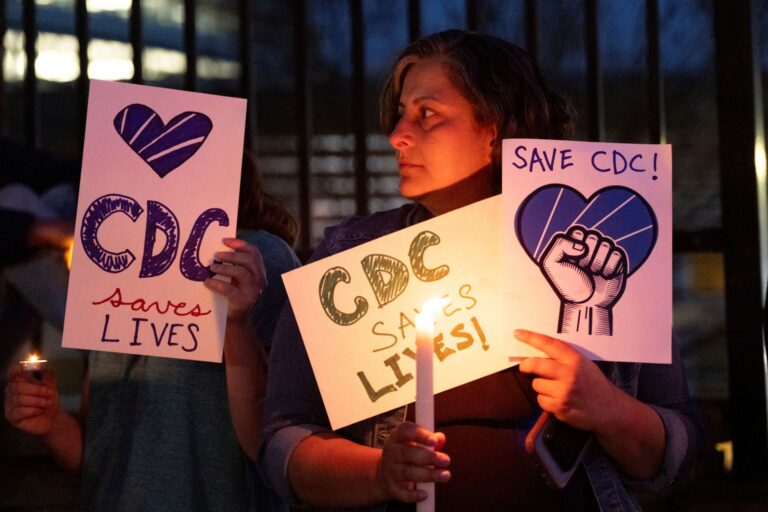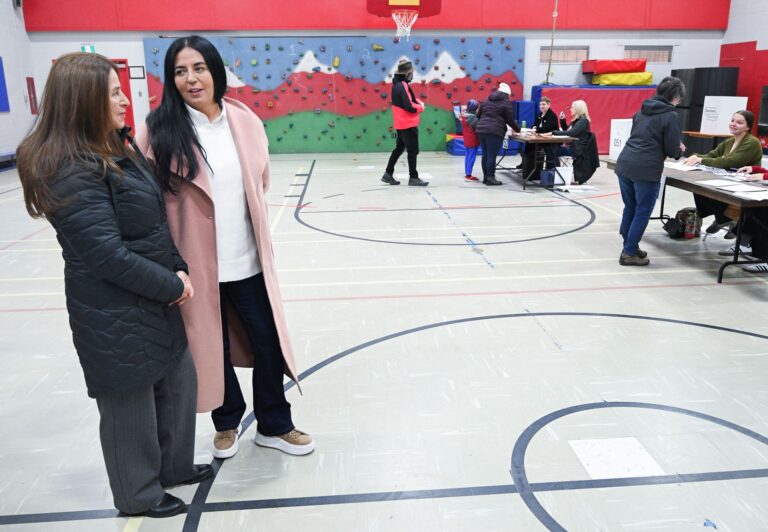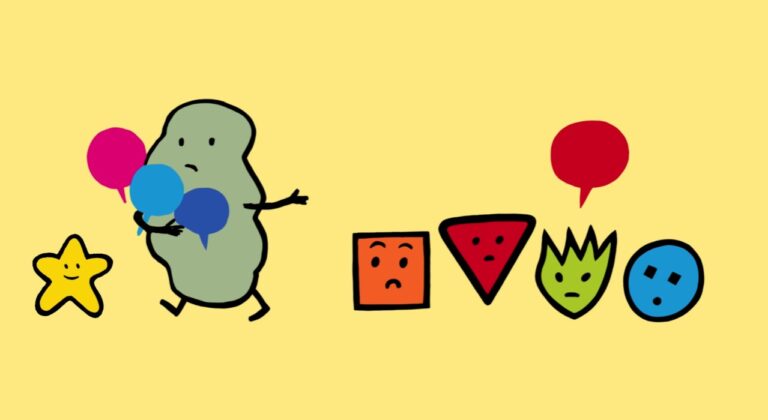(Version française disponible ici.)
For years, Hockey Canada drew its leaders almost exclusively from a homogenous circle of hockey insiders.
As has been presented in the media and in the courts, a culture of secrecy reigned, quietly settling sexual assault allegations using player registration fees. All the while, critical voices – grassroots organizations, staff, women in sport – were kept outside the inner circle of decision-making.
The result was a systemic and chronic failure in governance.
The consequences that followed fell like dominos: without structures for dissent, critical perspectives were ignored. The organization’s credibility imploded. Sponsors fled. The CEO and board of directors all resigned.
While highly visible due to the organization’s reach and the scope of the failure, the governance crisis at Hockey Canada was not unique.
Building a resilient and effective governance structure is complex and challenging. Even if a board is diverse, it can still fall short.
After all, truly constructive dialogue requires (much) more than a representative array of voices around the table: it requires mechanisms to learn what we do not know and a culture of listening through disagreement.
Getting there is the real challenge.
Despite movements such as #MeToo and #BlackLivesMatter, which helped urge the composition of boards to become more diverse, boards and institutional leaders have normalized the need for social movements to pressure institutions into change.
This has been followed by anti-EDI backlash which in turn generates a whole other set of pressures.
All of it represents a failure in governance: understanding differences and tackling issues proactively.
Embedded ignorance
When most people think of governance, they think of org charts and boards of directors. But effective decision-making also requires a structured approach to identify and understand issues and the people and communities they affect.
What is often called structural discrimination, I call structural ignorance: a systemic failure to know and understand each other across differences.
When those differences collide, it is normal and expected for tensions to arise. The idea is not to avoid conflict – but to promote the exchange of perspectives without muting, erasing or canceling.
Part of what stands in the way is what often incentivizes leaders and boards who are laser-focused on short-term goals driven by annual budgets, leadership terms and election cycles. This chronic short-termism locks us into a fixed, scarce, unambitious mindset.
Boards rush to make quick decisions in the name of efficiency.
In other words, it is the very governance models which are prevalent in most organizations that are forcing leaders to make broken choices.
Our complex world needs novel models that replace conflict with context. In doing so, we can better ensure our differences drive innovation to solve problems – rather than toxic clashes which rip apart relationships that underpin the fabric of our society.
That’s where innovation comes into play – as we reimagine governance in this series: looking at where and how we make decisions.
Community-driven governance models
A board made up of a dozen people simply cannot represent every sociocultural factor, consideration or viewpoint. Furthermore, recruitment practices leave many voices out, favouring “some kinds” of difference over others – often shaped by what is popular in the moment.
Are Black lives more important in 2020 than in 2000 or 2050? Are Indigenous lives more important before or after the Truth and Reconciliation Commission? What about rural lives?
By adopting a structure that includes community organizations rather than individuals, boards become access points to a society-wide web of relationships – without waiting for a social movement to force representation which was previously overlooked or dismissed.
Our new approach enshrines civil society organizations and Indigenous voices in governance – replacing what can sometimes become tokenism with a governance structure and team that brings a comprehensive understanding of the diverse communities represented.
That still leaves two key voices missing from the table.
The planet and future generations are affected by our decisions today but have no voice to shape them. We personify the planet and future generations with a permanent seat at the table. This means a guardian is named, such as an Elder, to represent that perspective at the table.
Of course, more difference can also mean more conflict.
A single authority like an executive, chair or board member is limited by their own understanding of the world.
In our new model, leaders facilitate understanding and accountability across a comprehensive network of relationships rather than acting as a single absolute authority.
That onus falls not just on individuals: organizations and entire sectors embed these capacities at scale. Such accountability metrics are co-created with participant bodies to help us learn together to better steer toward our common interests – something that has been left to erode for far too long.
From good intentions to meaningful action
Generally, governance models are designed to handle clearcut issues such as hiring an executive director or planning around the next fundraising campaign. But most of today’s challenges are complex, multigenerational and interconnected.
Clearcut doesn’t cut it anymore.
We can keep patching crises, or we can re-engineer the room, the table and the conversation. It starts with giving conflict a structure, building dissent into design and letting conflict sharpen decisions instead of shredding relationships.
This article is part of a series on inclusive governance. Read more here.














